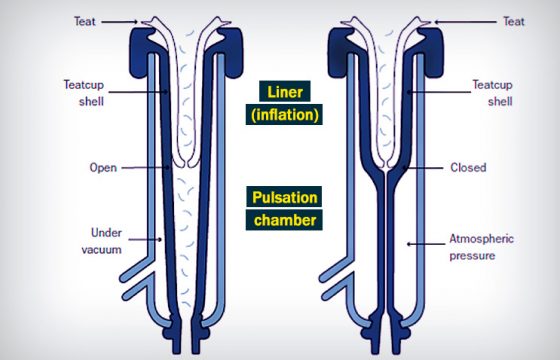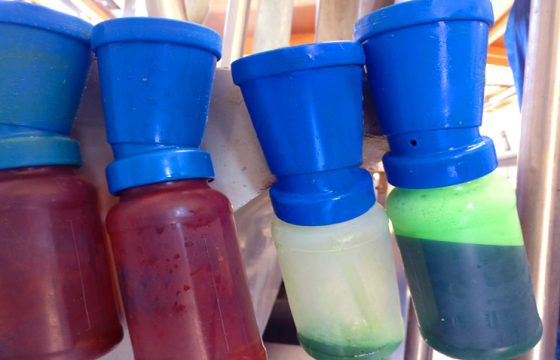5 Tips to control the most frustrating bovine mastitis, by Andrew Biggs
Pay attention to Andrew Biggs‘s advices about controlling the most frustrating bovine mastitis. Mr. Biggs summarizes it all in 5 simple steps and also shares with us his perspective of the future in Strep. uberis mastitis control.

Streptococcus can be controlled by Prevention
1. Point plan and Milking routine
Significant improvements in udder health (bovine mastitis rates and bulk tank somatic cell counts) have been made over recent decades in the dairy industries around the world by application of measures based around controlling contagious mastitis pathogens.
In 3 of the 5 points in the control plan measures include treatment and culling to remove existing infections which have little effect on udder health impacts from environmental mastitis pathogens although these measures would be beneficial where persistent udder adapted strains were prevalent.
2. Environment hygiene
Minimising teat end exposure to Strep. uberis and other environmental bovine mastitis pathogens such as E. coli by optimising cow environment hygiene management including udder preparation prior to milking will significantly reduce new intramammary infection rates.
Treatment against Streptococcus
Although removal of existing infections by successful treatment of environmental pathogens such as Strep. uberis will improve udder health, the benefit to other cow in the herd is minimal compared to contagious pathogens.
This is because new infections are more likely to come from environmental sources than the less common udder adapted existing intramammary infections.
3. Lactation treatment
Treatment of clinical bovine mastitis in lactation is a welfare requirement however cure rates are significantly less than with treatment at drying off.
4. Dry cow treatment
New infection rates during the dry period are high and so prevention with hygienic management and use of internal teat seal where permitted is as important as treatment with antibiotic at drying off to remove existing infections.
What about the future?
It is often said that prevention is better than cure and bovine mastitis control is no exception.
There is no denying the improvements seen in the control of environmental mastitis to date by improving cow environment hygiene management and use of vaccination against E. coli and coliforms, however, there is always a place for any new tools to help reduce mastitis new infection rates caused by Strep. uberis.
Treatment of Strep. uberis mastitis is known to be difficult in terms of both success and recurrence and persistent infections can lead to significant use of antibiotics at both a cow and herd level to try and contain this frustrating pathogen.
In the current climate of “One Health” (human and animal health and medicine use being considered together) and the aim for both responsible and reduced antibiotic use in the dairy sector relying on treatment for the control of mastitis and in particular Strep. uberis mastitis will not be sustainable.
5. Vaccination
It is clear that all bovine mastitis control plans need to include treatment of clinical mastitis for the welfare of dairy cows.
It is also clear, particularly with Strep. uberis mastitis cases which can be difficult to treat successfully, often recur and can spread from cow to cow, bovine mastitis control plans reliant on treatment will be doomed to fail if they don’t contain significant control measures to reduce bovine mastitis new infection rates from all sources.
To control this frustrating mastitis pathogen we need more tools in the toolbox to reduce new Strep. uberis infections from both the environment and infected cows and consequently a successful vaccine against Streptococcus uberis bovine mastitis has long been an aspiration of many veterinary surgeons and farmers the world around.
Consultant on bovine mastitis and cattle health
“The Vale Veterinary Group”
Those were the advices Andrew gave to our followers, now it’s your turn to take control of Strep. uberis!


